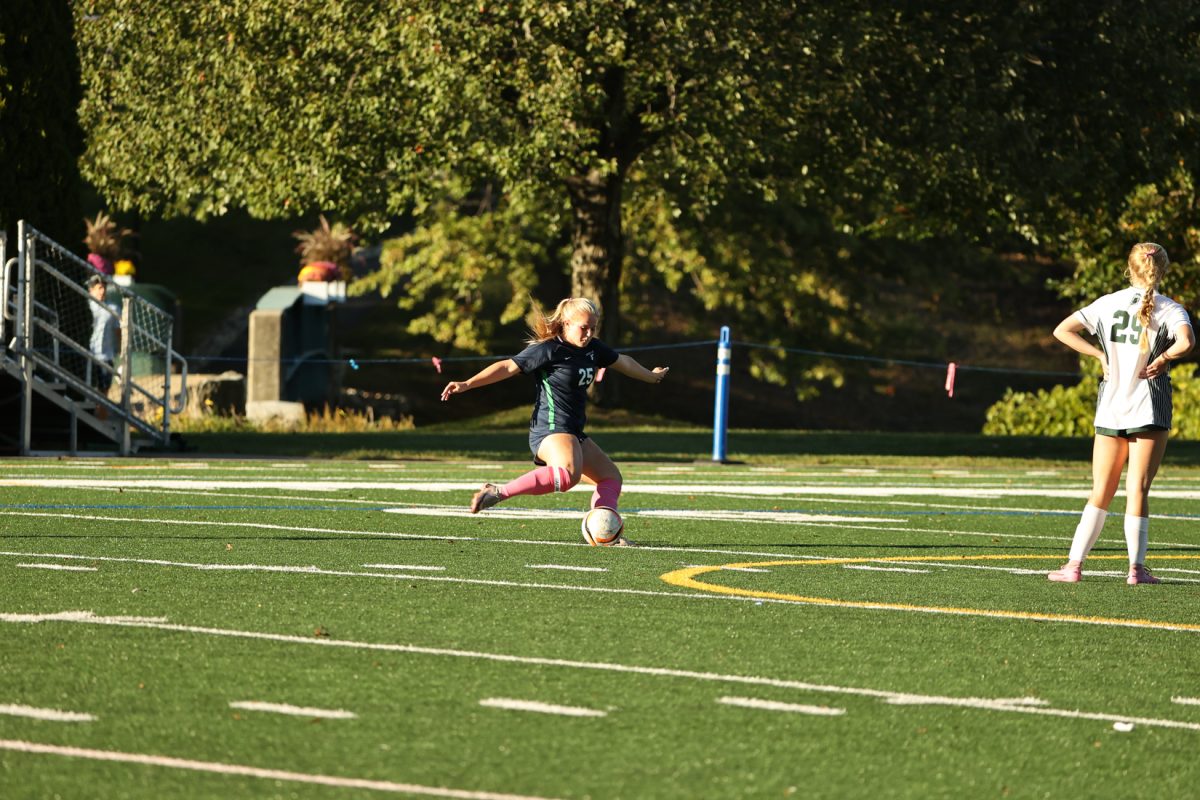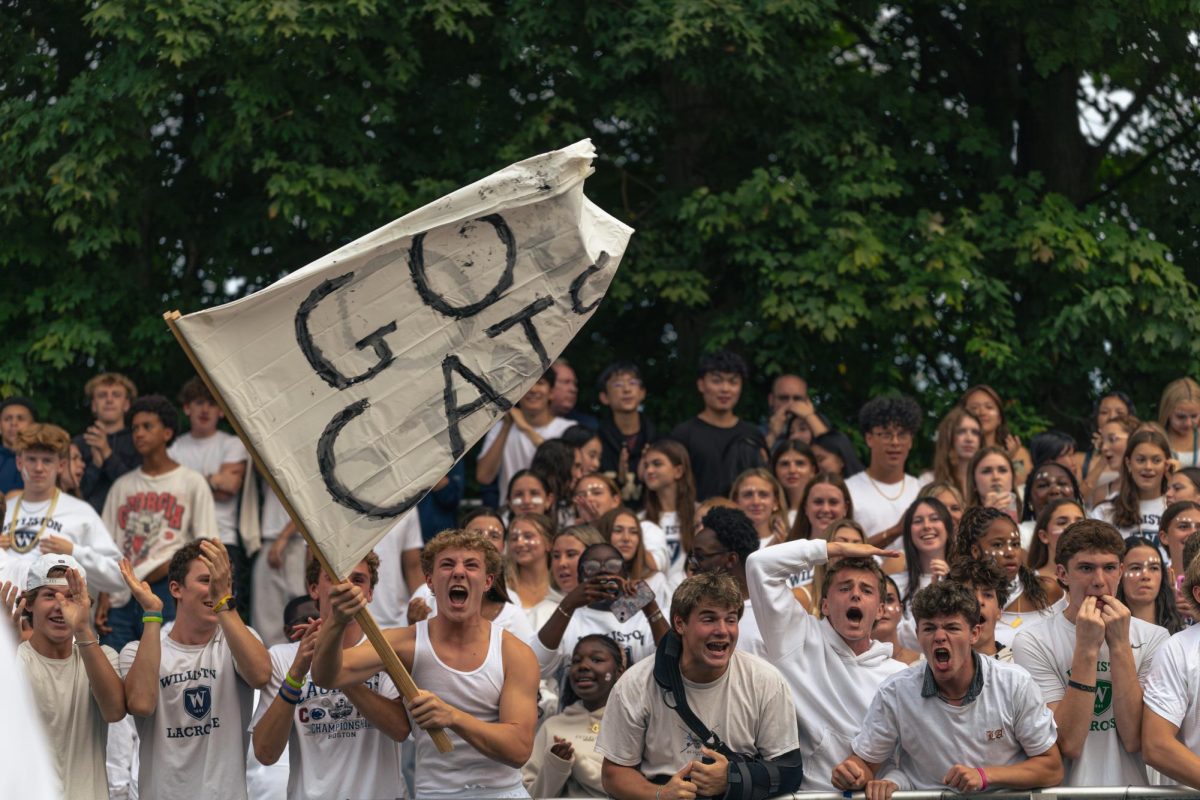by Dylan Kenseth ’14 and Brendan Hellweg ’14
When students returned from their summer vacations to the Williston Northampton School, they were greeted with a number of changes across campus: a refurnished, refurbished Reed Center, a plethora of new teachers, and a few new additions to the Student Handbook. Several rules were implemented this year, including restrictions on dorm room visitation, earlier check-ins on the weekend, a shift in how decorum units accrue, and perhaps most importantly a new sign-out policy.
This sign-out policy is something of a new endeavor in the Williston annals, encompassing both day students and boarders. According to the Student Handbook, any student wishing to travel into town and within campus boundaries during the academic day “must sign out and back in either in their dormitory or at the reception area in [the] Schoolhouse.”
The universal coverage of the policy was initially daunting to some students, especially non-boarders, but acceptance is rising as the school year goes on. Elizabeth Calderone, treasurer of the class of 2014, says that in her case, “signing out to Dunkin and Shelburne makes sense. However, sometimes I’m lazy and it deters me from wanting to go. It’s too much effort.”
The policy is hardly a new idea on college campuses across the company; unfortunately, Williston’s system is currently primitive in comparison. At present, the system is entirely paper-based, which is a notable source of student anxiety over the system. However, the future looks promising, and as the year progresses, digitalization of the sign-out process will be implemented.
The sign out policy’s all-encompassing rule for traveling off-campus is necessary, but not fully understood by many students. “If we’re going into Northampton then obviously we should [sign out],” says Calvin Ticknor-Swanson, ’15. “But if its a little ways down the road then I think it’s not such a big deal.” Twenty-first century technology could mitigate the inconvenience and perhaps ensure a greater student participation in the policy.
The school may opt for a cell-phone based system where students would sign out as easily as they might text a friend their latest Instagram pic, though a scanning system where students swipe their Sammy Card as they pass by the Schoolhouse is also being considered. Ms. Noble states that in this case students “would come in here and they would have a scanner on their IDs. [The cards] would give a time stamp of when [the students are] leaving and they would enter in the destination.”
Ms. Noble says that the policy should be easy for students to follow. “It’s like a conversation a day student may have with their parents,” she says. “It’s 2012 and there are expectations placed on us as a school.” The policy
In the end, this system is about dealing with the times and creating a balanced environment between “maximum comfort and [overall] security,” according to Assistant Dean Koritkoski. According to Ms. Noble, “for us to know who is and isn’t on campus is part of our accountability. We just need to know you’re there.”
The policy, while difficult to enforce, has been taken up with good participation, says Ms. Noble. “I’ve been really encouraged by how responsible the kids have been,” she said. “They’ve been very responsible and we’re just very appreciative of that.”








